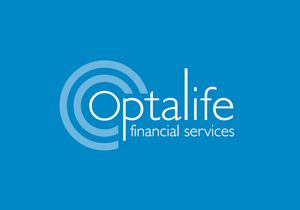Quote of the Week
“The rental market has seen an increase in values due to many of the same factors that have led to the housing price upswing – increased government stimulus, accumulated household savings through lockdowns, the swift economic recovery and a lack of rental supply in some markets.”
CoreLogic’s Australian head of research Eliza Owen
Fastest Rent Growth In A Decade
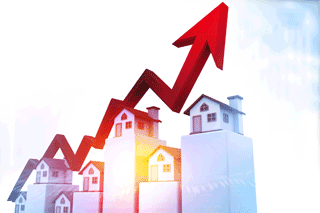 Rents have risen at the fastest rate in more than a decade, with annual rises above 10% in Perth, Darwin and Regional Australia. CoreLogic’s quarterly rental review says the national growth rate reached 6.6% in June, the fastest annual gain since 2009, boosted by an 11.3% rise in regional rents.
Rents have risen at the fastest rate in more than a decade, with annual rises above 10% in Perth, Darwin and Regional Australia. CoreLogic’s quarterly rental review says the national growth rate reached 6.6% in June, the fastest annual gain since 2009, boosted by an 11.3% rise in regional rents.
It coincides with SQM Research data showing a record reduction in the availability of rental properties, with the national vacancy rate falling to a 10-year low of 1.7% in June. Many regional markets have vacancies below 1%.
The combined rate of rental price growth outside the capital city markets hit 11.3% over the year to June. It was the highest annual growth result since CoreLogic’s rental index began in 2005.
Among the capital cities, Darwin (22%) recorded the highest annual growth, ahead of Perth’s 17% rise. Hobart rose 9%, followed by Brisbane and Canberra (7.3%), Adelaide (7.2%), and Sydney (3.2%). Melbourne was the only capital to record a decrease, down 1.4%.
Fitch Tips 14-16% Price Growth
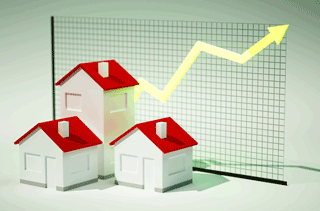 Credit rating agency Fitch has upgraded its outlook on Australia’s home prices to among the highest in the world. The agency has lifted its forecast for house price growth over this year to a range of 14% to 16%, a jump from the 3% to 5% it had forecast in December 2020.
Credit rating agency Fitch has upgraded its outlook on Australia’s home prices to among the highest in the world. The agency has lifted its forecast for house price growth over this year to a range of 14% to 16%, a jump from the 3% to 5% it had forecast in December 2020.
The upbeat take on the housing market’s direction comes despite recent lockdowns, which analysts say will lower activity in the short term but potentially spur a strong spring selling season.
Global bank HSBC predicted the price growth being recorded across the country could reduce in 2022. The bank expects a 11% to 13% rise in property prices this calendar year but says the growth rate with drop to between 5% to 9% next year.
By contrast, Fitch has raised its home price expectations for 2021 in five countries including Australia, Canada and the US due to macroeconomic recoveries as vaccines have rolled out and the extension of government support measures.
Lockdowns Fail To Stall Markets
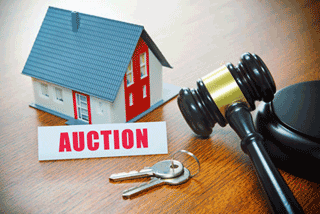 Housing markets have continued to defy sceptics, as the country’s two largest cities overcame rising Covid-19 cases and additional lockdowns to record yet another strong week of auction clearances last weekend.
Housing markets have continued to defy sceptics, as the country’s two largest cities overcame rising Covid-19 cases and additional lockdowns to record yet another strong week of auction clearances last weekend.
Preliminary results show 76.3% of homes that went to auction cleared, with a combined 1,755 out of 2,169 properties selling across the nation’s capital cities.
Archistar chief economist Andrew Wilson says property markets continue to prove they can adapt to lockdown restrictions. “We saw another record July day on Saturday, with more than double the clearances this time last year,” he says. “Despite lockdowns, we can see agents, buyers and sellers have the mechanisms to conduct high volumes of clearances, even with restrictions.”
Elsewhere, Adelaide emerged as the country’s best-performing capital city, recording a preliminary clearance rate of 83%, while Brisbane remained “the busiest of the small capital cities”, with more than 160 auctions held during the week.
Buying Cheaper Than Renting
 Despite surging house prices, it’s still cheaper to buy than rent in large areas of regional NSW, Victoria and Tasmania.
Despite surging house prices, it’s still cheaper to buy than rent in large areas of regional NSW, Victoria and Tasmania.
At a national level, servicing a mortgage is cheaper than paying rent on 36.2% of Australian properties, an increase on the 33.9% recorded in February 2020, according to the latest Property Pulse update.
That figure jumps to 89% of properties in the Far West and Orana region, which includes Broken Hill and Dubbo. It’s a similar story in the New England and North West, which includes Tamworth, Moree and Armidale, with 87% of properties more affordable to buy than rent.
In Victoria, it’s better to buy in the North West (87% of properties) and Shepparton regions (79%), while in the Warrnambool and South West regions 63% of properties are cheaper to buy and in the Latrobe and Gippsland region it’s 52%.
83% of properties in Tasmania’s West and North West region are cheaper to buy than rent and in Launceston and the North East it’s 72%.
House Building Jumps 40%
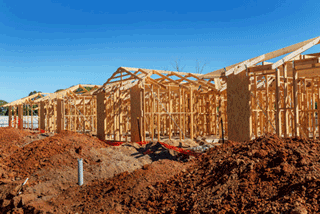 The number of new houses that started construction in the March Quarter was 40% higher than the same time last year.
The number of new houses that started construction in the March Quarter was 40% higher than the same time last year.
ABS data shows the number of dwellings commenced in the March Quarter rose to 51,662, driven by a 6% quarterly increase in the number of detached housing starts to a 20-year high of 35,869. This followed a 27% rise in the December Quarter.
However, the number of new “other dwellings” starting construction declined 11% in the March Quarter – and was down 24% compared with the March 2020 Quarter.
Housing Industry Association economist Angela Lillicrap says the record volume of house building was expected and builders are now dealing with new challenges, including labour and material shortages.
She says WA saw the largest annual increase in house commencements, up 136%, followed by South Australia (61.7%), the Northern Territory (59.6%), Tasmania (50.7%), ACT (50%), NSW (37.5%), Queensland (28.8%) and Victoria (14.6%).









